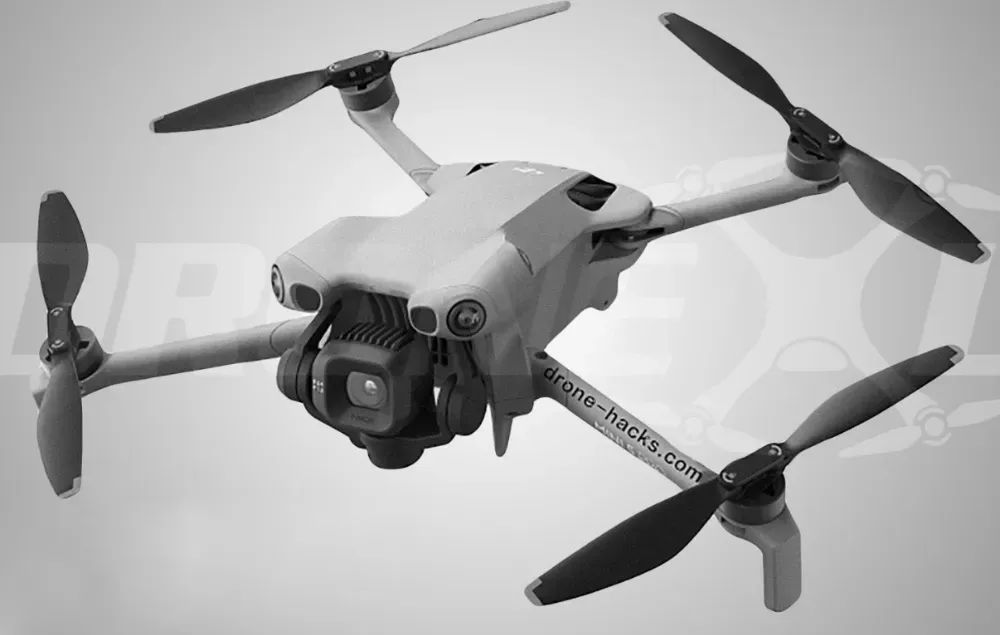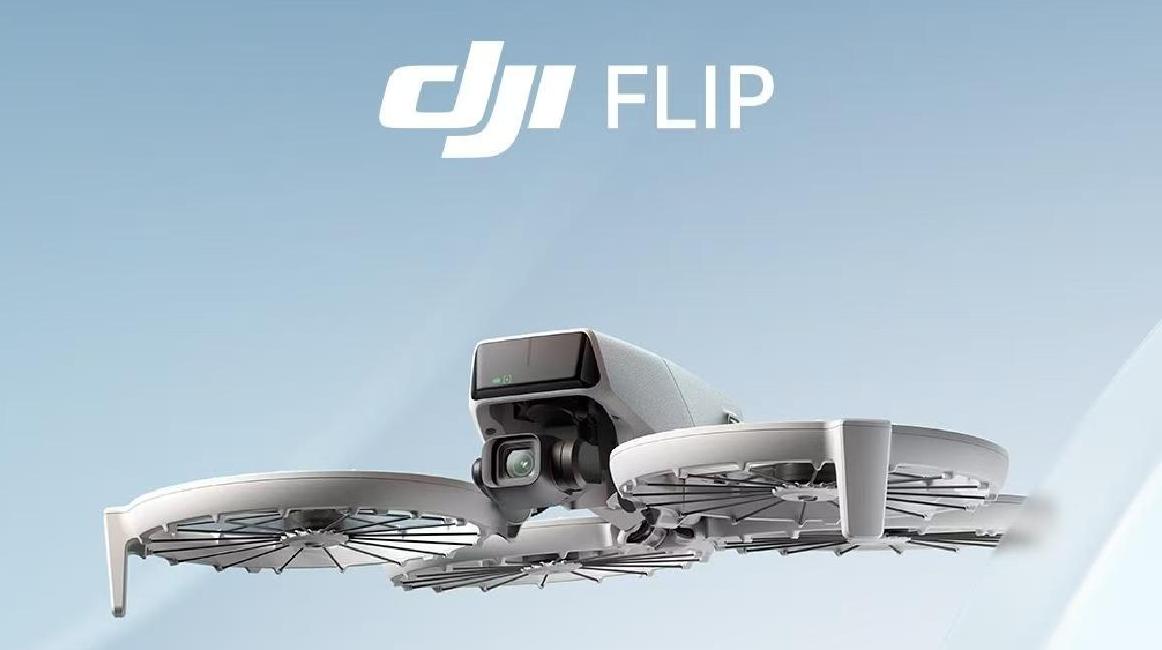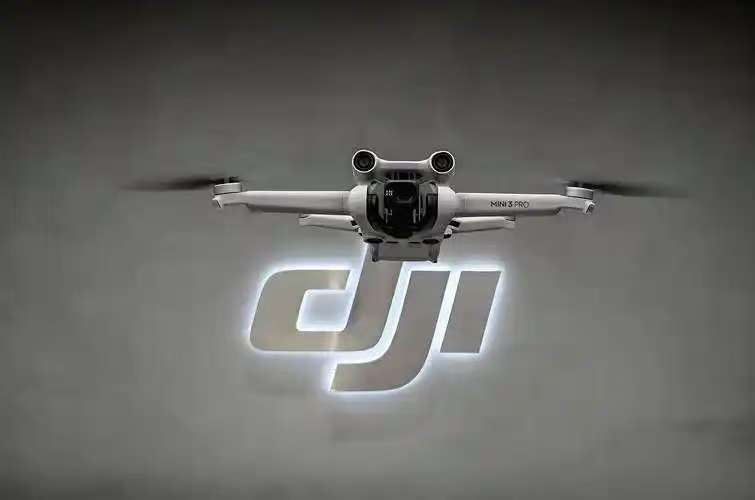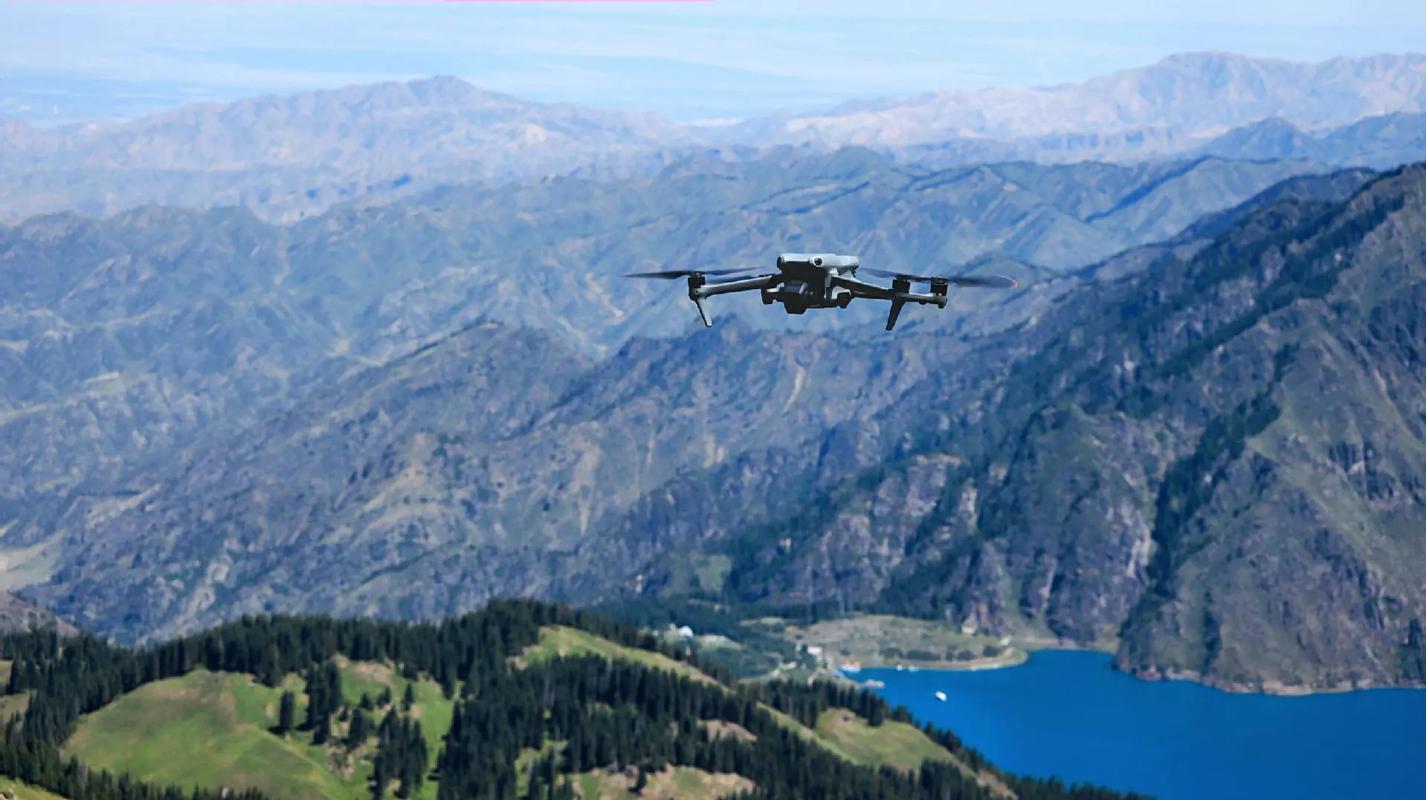Imagine standing amidst the grandeur of the Himalayan peaks, capturing vistas previously reserved for the most intrepid mountaineers. Or watching silently as a small craft traverses treacherous volcanic terrain, mapping flows without risking human lives. Consider the profound relief when emergency supplies reach isolated flood victims via an aerial corridor faster than any ground vehicle could navigate. These are not scenes from science fiction; they are everyday realities made possible by a single, visionary company from Shenzhen, China: DJI Innovations. More commonly known simply as DJI, this remarkable entity has fundamentally reshaped perceptions of aerial technology, democratized the skies, and established itself not just as a Chinese success story, but as the undisputed global leader in civilian drones and aerial imaging systems. Its journey, fueled by relentless innovation and a profound understanding of user needs, offers a compelling narrative of technological ambition realized on a worldwide scale.

The genesis of DJI lies not in a massive corporate lab, but in a university dorm room at the Hong Kong University of Science and Technology. Founded in 2006 by Frank Wang Tao, a passionate aeromodelling enthusiast, the company’s initial focus was narrow yet ambitious: creating flight controllers that could stabilize remote-controlled helicopters, a significant technical challenge at the time. Wang’s deep technical understanding and unwavering belief in the potential of unmanned aerial systems propelled the fledgling company forward. Early years were marked by the typical struggles of a tech startup – limited resources, intense focus on core technology, and the constant pursuit of perfection in a niche market. However, DJI possessed a crucial advantage: a founder whose vision extended far beyond hobbyist gadgets. Wang foresaw a future where sophisticated aerial technology became accessible and practical for professionals and creatives alike. This foresight laid the groundwork for the revolutionary Phantom series. Launched in 2013, the Phantom 1 wasn't merely a drone; it was a paradigm shift. For the first time, consumers could purchase a ready-to-fly quadcopter equipped with a stabilizing gimbal and camera capable of capturing remarkably smooth aerial footage. It effectively bundled complex aviation-grade technology – stable flight, precise GPS positioning, reliable radio control, and high-quality imaging – into a single, consumer-friendly package. The impact was seismic. Aerial photography and videography, once the exclusive and prohibitively expensive domain of specialized cinematographers using heavy-lift platforms, were suddenly within reach of filmmakers, photographers, surveyors, farmers, and countless enthusiasts worldwide. DJI hadn't just entered the market; it had effectively created the mass-market consumer and professional drone segment virtually overnight. The Phantom series became synonymous with drones, establishing DJI as the brand to beat and setting an incredibly high bar for competitors.

DJI's ascendancy to global dominance, currently commanding an estimated 70-80% share of the consumer and professional drone market, is not attributable to luck or mere market timing. It is the direct result of an obsessive, vertically integrated culture of innovation. Unlike many competitors who assemble components from various suppliers, DJI designs and develops the vast majority of its technology in-house. This includes the intricate flight controllers (the drones' "brains"), propulsion systems (motors and propellers), advanced gimbal stabilization technology critical for silky-smooth footage, lightbridge transmission systems for long-range, high-definition video feeds, sophisticated vision and sensing systems enabling obstacle avoidance and precise positioning, camera sensors and optics, and the intuitive software interfaces pilots rely on. This deep vertical integration provides unparalleled control over the user experience, quality, performance, and crucially, the pace of innovation. DJI releases new products and significant firmware updates with remarkable frequency, constantly pushing the boundaries of what its platforms can achieve. Major technological leaps have defined its trajectory: the groundbreaking 3-axis gimbal stabilization that made professional-quality aerial video truly accessible; Lightbridge transmission enabling kilometer-plus control ranges with HD video; obstacle sensing systems evolving from basic forward-facing sensors to comprehensive 360-degree omnidirectional awareness in advanced models like the Mavic 3 Enterprise series; ActiveTrack intelligent subject tracking allowing complex automated cinematic shots; Advanced Pilot Assistance Systems (APAS) for autonomous obstacle navigation; and the development of proprietary camera systems like the Hasselblad L1D-20C found on the Mavic 2 Pro, bringing medium-format quality to the skies. This constant innovation cycle creates immense pressure on competitors, constantly raising the baseline expectation for performance, reliability, and features. DJI invests heavily in research and development, operating major R&D centers not just in Shenzhen, but also in the United States, Germany, and Japan, attracting top global engineering talent. Their manufacturing prowess in Shenzhen allows for sophisticated, high-volume production with stringent quality control. The synergy between cutting-edge R&D, efficient manufacturing, and deep vertical integration forms the bedrock of their sustained leadership.

The perception of DJI merely as a consumer drone company is fundamentally inaccurate and underestimates its profound impact across diverse global industries. While the iconic Phantom, Mavic, and Mini series have revolutionized consumer aerial imaging, DJI's influence permeates critical professional sectors. In cinematic production, DJI drones like the Inspire series are ubiquitous tools on film sets worldwide, capturing shots that were previously impossible or cost-prohibitive, fundamentally changing visual storytelling. Infrastructure inspection has been transformed; drones equipped with high-resolution zoom cameras (like the Matrice 30 series) and thermal sensors allow engineers and inspectors to safely and efficiently examine power lines, wind turbines, bridges, pipelines, and cell towers, significantly reducing risks and costs compared to traditional methods like rope access or scaffolding. Agriculture benefits immensely through precision farming; specialized platforms like the Agras series perform targeted crop spraying and seeding, while multispectral sensors on platforms like the Phantom 4 Multispectral provide detailed crop health data, optimizing yields and resource usage. Search and Rescue (SAR) operations leverage DJI drones with thermal imaging cameras (such as the Mavic 3 Thermal) to locate missing persons in challenging environments day or night, covering vast areas rapidly. Public safety agencies globally deploy DJI platforms for crime scene documentation, traffic accident reconstruction, crowd monitoring, tactical situational awareness, and hazardous materials assessment. Surveying and mapping professionals rely on RTK-enabled drones (like the Phantom 4 RTK) for centimeter-accurate topographic surveys and 3D modeling. Environmental scientists utilize drones for wildlife monitoring, habitat assessment, and pollution tracking. This deep integration into the workflow of countless professions underscores DJI's role as an essential productivity tool, driving efficiency, enhancing safety, and enabling entirely new capabilities across the global economy. Furthermore, the robustness and reliability demanded by these professional applications often trickle down to benefit consumer products, reinforcing overall quality standards.

DJI's influence extends beyond hardware into sophisticated software ecosystems essential for maximizing the utility of its platforms. Flight control apps like DJI Fly (consumer) and DJI Pilot 2 (enterprise) provide intuitive interfaces for mission planning, camera control, live HD video feeds, and aircraft status monitoring. Ground station software, such as DJI Terra, enables complex automated flight paths for mapping missions and transforms captured aerial imagery into detailed 2D maps, 3D models, and volumetric measurements. The DJI SDK (Software Development Kit) is a critical component of their strategy, empowering a vast global network of third-party developers to create specialized applications tailored to niche industry needs. This ecosystem fosters innovation beyond DJI's core focus, allowing customized solutions for utilities inspection, construction progress tracking, agricultural analysis, and more. However, DJI's meteoric rise and its Chinese origins have inevitably placed it under intense geopolitical scrutiny, particularly in markets like the United States. Concerns regarding data security have been a recurring theme, leading to restrictions or outright bans on governmental and critical infrastructure use in some countries. DJI has responded by emphasizing its enterprise-grade data security offerings like DJI FlightHub 2, which provide enhanced local data storage and transmission control options, and by pursuing independent security audits. The company consistently asserts its commitment to user privacy and data protection, positioning itself as a commercial entity focused solely on providing innovative tools. It highlights that its drones are simply platforms; the data they collect belongs to the operator, who controls its capture, storage, and transmission. Navigating these complex geopolitical currents while maintaining its global market leadership remains an ongoing, significant challenge, requiring constant adaptation and proactive communication to address evolving regulatory landscapes and security concerns.
The societal footprint of DJI technology is vast and complex, sparking crucial conversations alongside its undeniable benefits. Its democratization of aerial perspectives has empowered citizen journalism, enabling documentation of events, protests, and environmental issues from unique vantage points that can hold power to account. Conservationists leverage drones for anti-poaching patrols over vast reserves and detailed wildlife population monitoring with minimal disturbance. Disaster response teams utilize drones for rapid damage assessment after earthquakes, floods, or hurricanes, identifying blocked roads, locating survivors, and planning relief efforts efficiently – saving critical time and lives. Archaeologists map hidden ruins and historical sites with unprecedented detail. Yet, this very accessibility presents challenges. The proliferation of drones raises understandable concerns about personal privacy, leading to evolving regulations concerning flight near people or private property. Safety incidents involving reckless flying near airports or manned aircraft, though statistically rare, garner significant media attention and necessitate robust education and enforcement of flight regulations. Noise pollution from drones in natural settings is another growing concern. DJI addresses these challenges proactively through technological solutions like built-in geofencing systems (Geo Zones) that prevent drones from entering restricted airspace (e.g., near airports), ADS-B receivers that alert pilots to nearby manned aircraft, and altitude and distance limits configurable within its apps. The company actively participates in developing industry standards for safe operations and collaborates with aviation authorities globally. It invests significantly in pilot education resources through tutorials, safety guidelines, and partnerships with training organizations. Balancing the immense positive potential of drone technology with responsible usage and societal concerns is a continuous process, and DJI plays a central role in shaping this evolving landscape.

Looking skyward, DJI continues to explore new frontiers. While consumer and professional drones remain its core, the company strategically expands its vision. Its Ronin series of handheld gimbal stabilizers has revolutionized ground-based filmmaking. Advanced camera technology development hints at ambitions beyond aerial platforms. Significant investments in autonomous driving sensors (LiDAR units) and robotics research showcase a broader ambition to be a leader in intelligent perception and automated systems. The acquisition of Hasselblad cemented its commitment to imaging excellence. The future likely involves deeper integration of artificial intelligence for more autonomous flight and scene analysis, continued miniaturization and performance enhancements, and potentially ventures into urban air mobility concepts. However, challenges persist: navigating an increasingly complex geopolitical environment, maintaining its innovation edge against growing competition, addressing evolving privacy and safety regulations globally, and continuously demonstrating the tangible benefits of its technology to diverse stakeholders worldwide.
DJI's narrative transcends national boundaries. It is a testament to the transformative power of focused engineering brilliance, relentless innovation, and a deep understanding of market needs. From a university dorm room to becoming a ubiquitous global brand, DJI has fundamentally altered how humanity interacts with the aerial dimension. Its drones have become indispensable tools across countless professions, empowering creativity, enhancing safety, driving efficiency, and providing unique perspectives on our world. They capture the breathtaking beauty of our planet, assist in its conservation, facilitate rapid disaster response, and push the boundaries of visual storytelling. While navigating complex societal impacts and geopolitical currents, DJI's unwavering commitment to innovation ensures it will remain central to the ongoing story of how technology shapes our relationship with the skies above and the world below. The company stands not just as a leader in drones, but as a defining force in the era of accessible aerial intelligence, continuously proving that the sky is not the limit, but the beginning.



